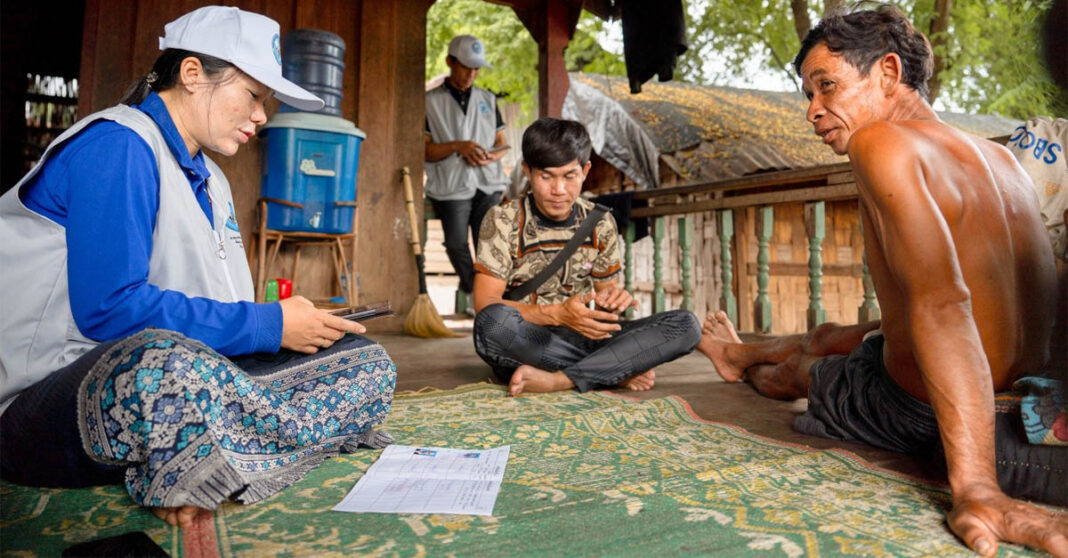Laos is preparing to conduct its 5th Population and Housing Census (PHC) in March 2025, with a pilot test set to take place in Vientiane Capital, Houaphanh, Bokeo, and Sekong provinces. This will be the first digital census in Laos and aims to provide a detailed account of the total population, including residents in remote areas, and gather information on their living conditions.
“The 5th Population and Housing Census is a national survey and has been the key source of information for our leaders to update the database of Laos’ population over the past 10 years,” said Phonesaly Souksavath, Head of the Lao Statistics Bureau (LSB) under the Ministry of Planning and Investment that initiated the project.
To ensure the accuracy and success of the census, LSB has collaborated with various government entities, including the Ministry of Home Affairs, Ministry of Education and Sports, Lao Women’s Union, and Lao Youth Union. The project has also received technical and financial support from the United Nations Population Fund (UNFPA), the Department of Foreign Affairs and Trade, the United States Agency for International Development, and the China International Development Cooperation Agency.
The next year census also aims to elevate their data collecting method through digital means by utilizing handheld devices like smartphones or tablets, Computer Assisted Personal Interview where interviewers use electronic devices for face-to-face data collection, and Geographic Information System technologies for storing, visualizing, analyzing, and interpreting geographic data.
According to a UNFPA press release, the pilot test is not only a field data collection exercise but also includes all processes and stages involved in the actual census. Census field teams, comprising enumerators and supervisors, will visit households in 100 locations. Enumerators, identifiable by their census-specific outfit and official census ID cards, will interview household heads about residents’ demographic and socio-economic characteristics.
The questionnaire will cover a variety of personal information, including age, marital status, religion, language, disability, places of past and current residence, education, employment, number of children born, recent deaths in the household, housing conditions, household belongings, and agricultural activities. The census aims to gather information about all household members, including babies, children, adults, elderly, and people with disabilities.
The pilot census is expected to visit nearly 15,000 households over a period of three weeks in May and June.
Bakhtiyor Kadyrov, UNFPA Representative, emphasized the complexity and importance of the census, noting that it is a critical milestone and a rehearsal of all census procedures to ensure effectiveness and reliability.
The previous census was conducted back in March 2015, resulting in a population count of 6.4 million people. Out of the total citizens, 97 percent of them were classified as “household population,” individuals who shared the same residence, while the other 3 percent were “institutional population,” people who reside in institutional living quarters.
The upcoming 5th PHC, being the first to utilize digital methods, aims to gather even higher-quality data. A meeting on 7 February this year between the Ministry of Planning and Investment and UNFPA concluded with fruitful discussions on identifying challenges, innovative financing solutions, and agreed-upon next steps to ensure the successful implementation of the 2025 Census.



